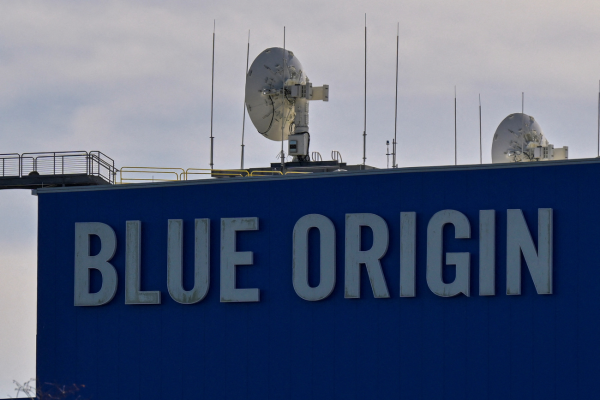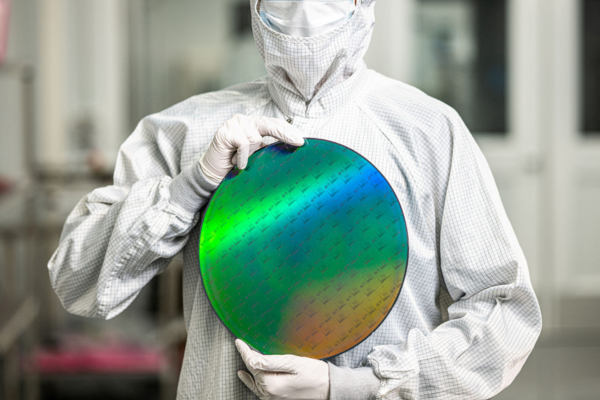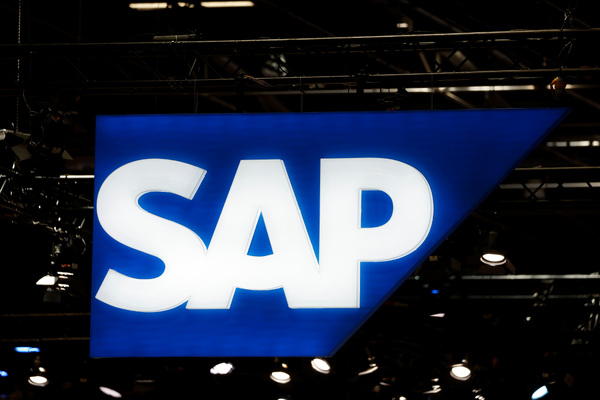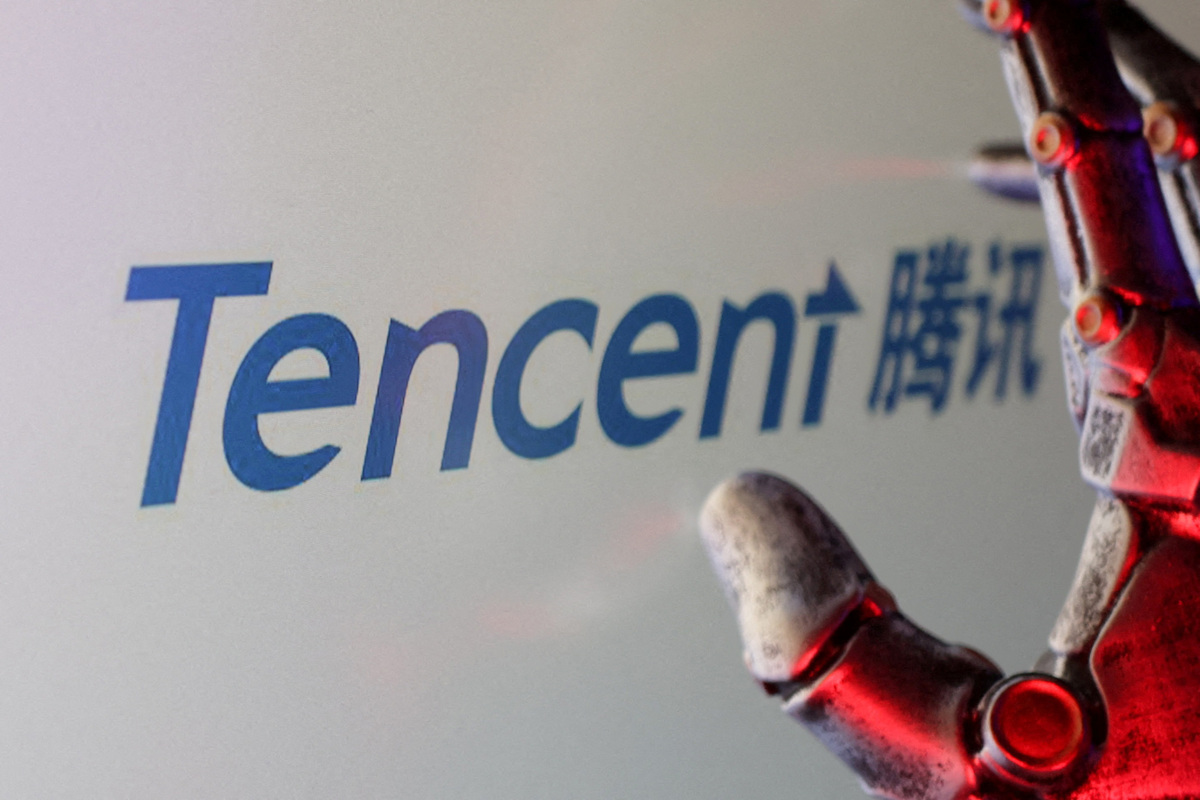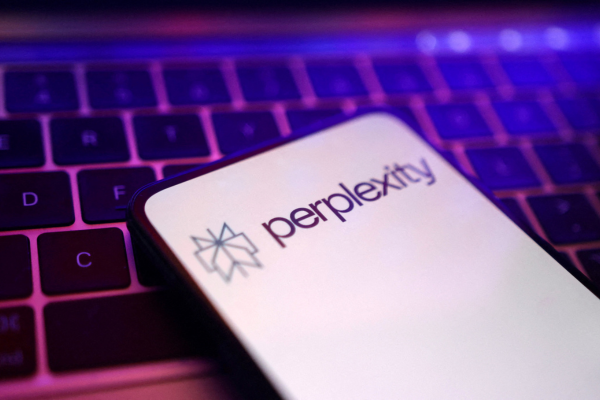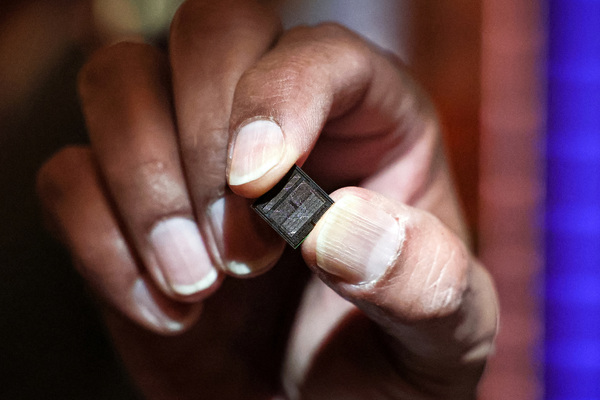The killer IoT use case
How sensors and their ICT networks serve as the foundation for the green transition
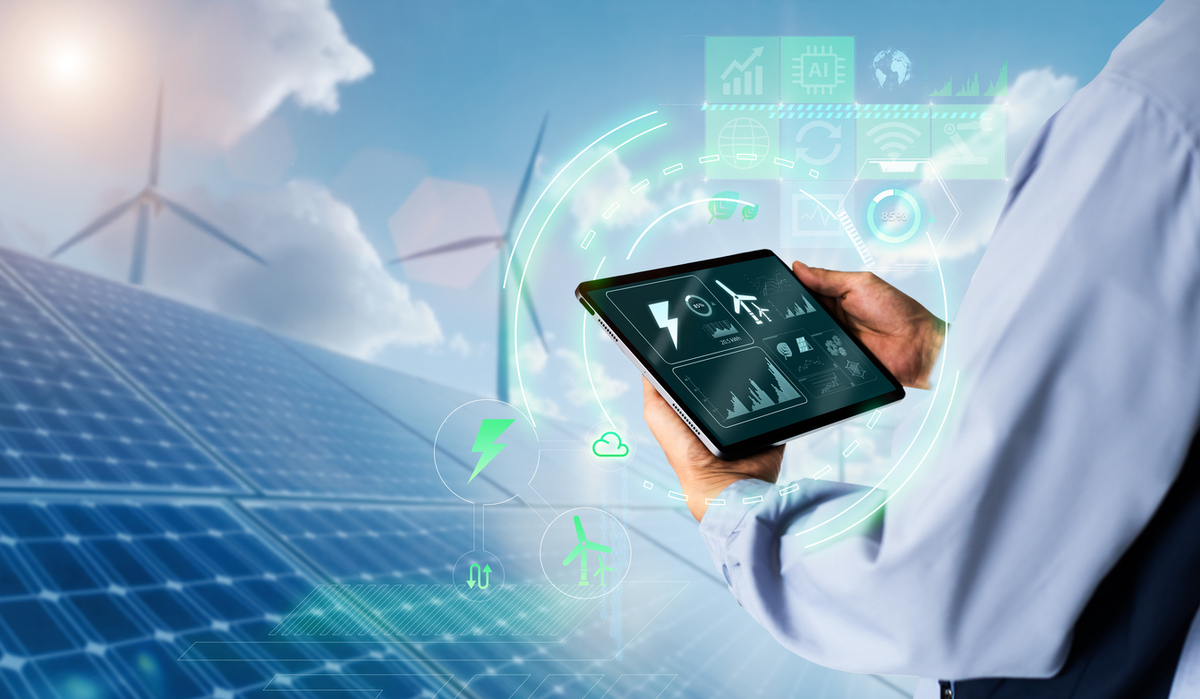
The internet of things has already made great contributions to a greener future. It provides the backbone of smart cities, which in turn can make the urban environment cleaner and greener by optimising traffic, waste and water management.
We have also heard a lot about how sensors in smart buildings and homes can cut out excess energy consumption with the automated control of HVAC systems and lighting.
However, the most far-reaching impact of IoT on making the lives of humans more environmentally sustainable is not in these areas but via the role it plays in the design and operation of the smart grid.
How is the grid smartened up?
The smart grid is a great example of how a legacy system can be upgraded by digitalisation. In the UK, the smart grid relies overwhelmingly on the infrastructure – transmission lines, transformers and substations – that was built in the 1950s and 1960s.
What makes digitalisation of the grid possible on the physical level are the IoT devices planted across the breadth of the electricity system. Sensors on power lines, transformers and substations constantly monitor voltage levels and current flows.
Sensors and actuators, or “movers”, which translate energy into motion, are integrated into every part of the smart grid. They are the building blocks of the metering infrastructure, the energy distribution network and the energy storage systems.
They also play a key role in detecting faults in grid equipment, as well as in preventing blackouts by sending alerts when discovering anomalies.
IoT can also take credit for enabling demand-side response, a new approach in smoothing out the grid’s fluctuating demand curve by encouraging consumers to shift some of their electricity use into off-peak hours.
Although the traditional spike in UK electricity consumption, when everyone puts their kettles on during ad breaks in TV shows, is already a thing of the past thanks to streaming, more sustained peaks in electricity use can be caused by heatwaves or cold spells.
Thankfully, IoT is also pivotal in integrating green energy, an inherently intermittent and fragmented source of energy, into the power grid.
How IoT supports green energy integration
As the generation of solar and wind energy is dependent on weather conditions, these energy sources can’t be switched on and off in a way coal and gas fired generators can.
The amount of energy solar parks or wind farms can generate at a given time is also highly unpredictable.
Sensors gathering data and actuators responsible for physical movement play a dual role in green energy generation. On the one hand, they adjust wind turbines and solar panels to optimise energy capture. On the other, they also play a central role in measuring how the equipment’s performance metrics are fluctuating and respond to these changes accordingly.
The variability inherent in solar and wind energy generation can be compensated for by integrating high-capacity batteries into the system. In this scenario, the task of sensors and actuators is to measure and manage the energy flows from generators into batteries during periods of peak generation, and from batteries into the grid when demand exceeds supply.
By managing the direction of the flow of energy in the smart grid, IoT is making a major contribution to the UK’s and, by extension, the world’s endeavours to integrate green energy.
Teamwork is dreamwork
If it wasn’t for IoT there would be no smart grid, but the infrastructure necessary for making the electricity system close to fully emission-free requires a whole ecosystem of digital solutions.
IoT itself is a complex system that involves the orchestrated operation of a number of different technologies, which sensors and actuators only supply the physical components of.
For data to flow and to be captured in real time, the grid also needed the advances we’ve been witnessing in information and communications technology (ICT), where advanced cellular systems are augmented with new types of low-energy wide area networks.
It’s thanks to technological developments in ICT that two-way communication has replaced the rudimentary legacy system of the grid, and enabled consumers to actively manage their own energy consumption and communicate with the grid.
We’ve reached a stage where physical assets, ICT networks and software are in close collaboration with each other. Having measured electricity usage and available supply, sensors relay the data they gather to smart meters and other data acquisition tools, where computations are made to establish what the most efficient course of action is.
To make the necessary adjustments, this information is then communicated to control devices in the form of commands. If sensors are the hands of the smart grid, AI constitutes its brain. Machine learning is increasingly integrated into the smart grid to crunch enormous amounts of data, make decisions in real time and manage the complexities of green energy integration.
The unpredictability of green energy generation can be dampened by AI’s capability to predict wind and solar energy generation with high accuracy, based on weather patterns and both historical and live sensor data. Algorithms can also optimise the charging and discharging cycles of batteries, or provide prosumers – consumers who are also producers of energy – with insights into ways to reduce their electricity bills.
AI can also help enable green energy to compete with fossil fuels on an equal footing, by automating and accelerating the stabilisation processes of energy networks in real time. This is particularly important as decarbonisation doesn’t only involve the elimination of fossil fuels from the energy mix but also from the grid’s stabilising mechanism.
Still a long way to go
Although the 2050 deadline for the UK to achieve a completely emission-free grid now looks distant, it’s not, considering how much there still is to do.
Renewables in 2024 only accounted for 42 per cent of the UK’s energy. While the increase from 14.2 per cent in 2015 is undoubtedly impressive, it also means that around a third of power generation still comes from gas.
In addition to meeting the challenges of increasing green energy production and improving its integration, there is also the daunting task of developing and upscaling new methods to supersede gas as the stabiliser of the grid.
Progress in energy storage creation – another cornerstone of an emission-free grid – is relatively slow. In July, 2024, the UK had only 4.6 GW of energy storage capacity, with a pipeline containing a total of 127GW of capacity still yet to be built.
The ideal end-state – full automation of the grid – is still far beyond the horizon.
This, however, shouldn’t stop consumers from pausing for a brief moment as they put their electric kettles on to appreciate how IoT and the humble sensor are pulling beyond their weight to supply them with more and more sustainably sourced energy by the day.

Zita Goldman
Related Articles
Most Viewed
Winston House, 3rd Floor, Units 306-309, 2-4 Dollis Park, London, N3 1HF
23-29 Hendon Lane, London, N3 1RT
020 8349 4363
© 2025, Lyonsdown Limited. Business Reporter® is a registered trademark of Lyonsdown Ltd. VAT registration number: 830519543
